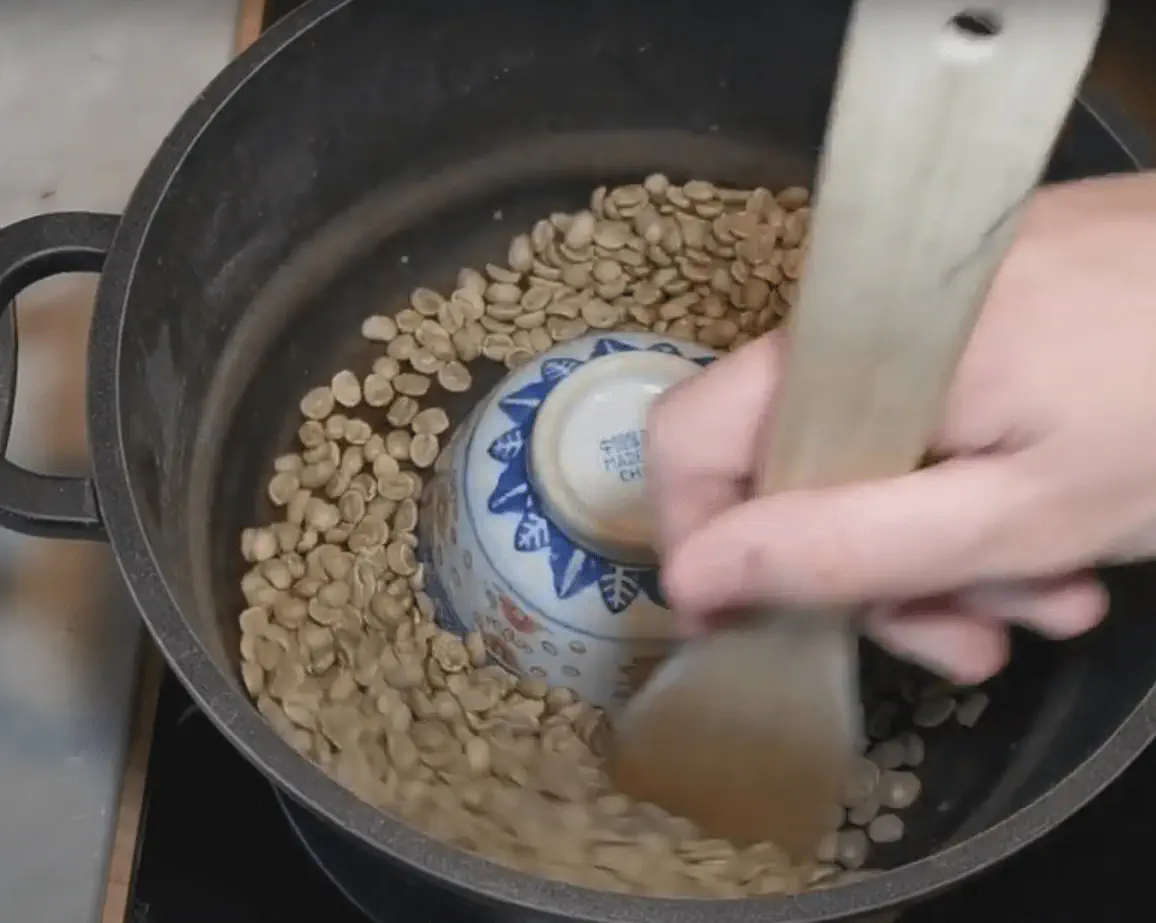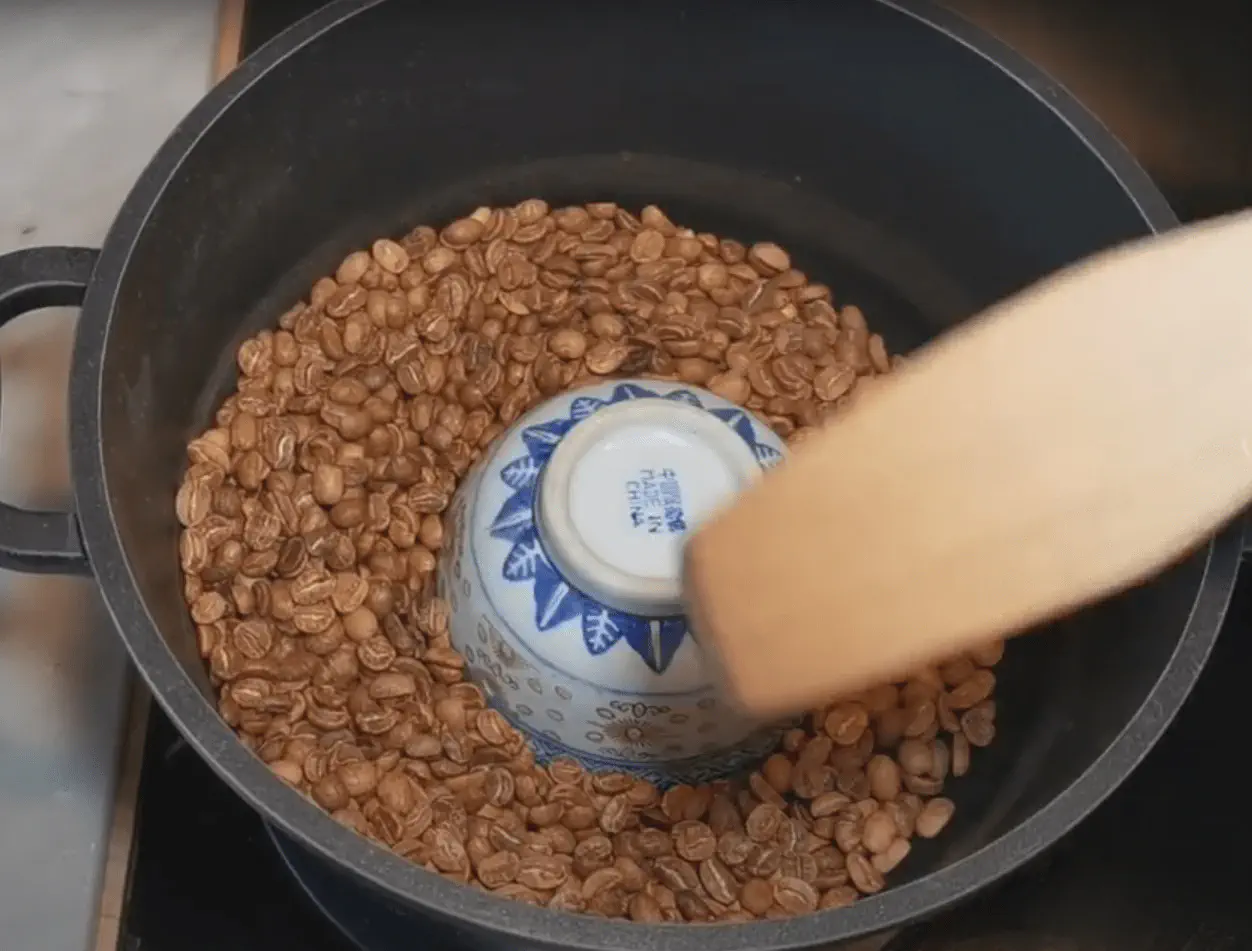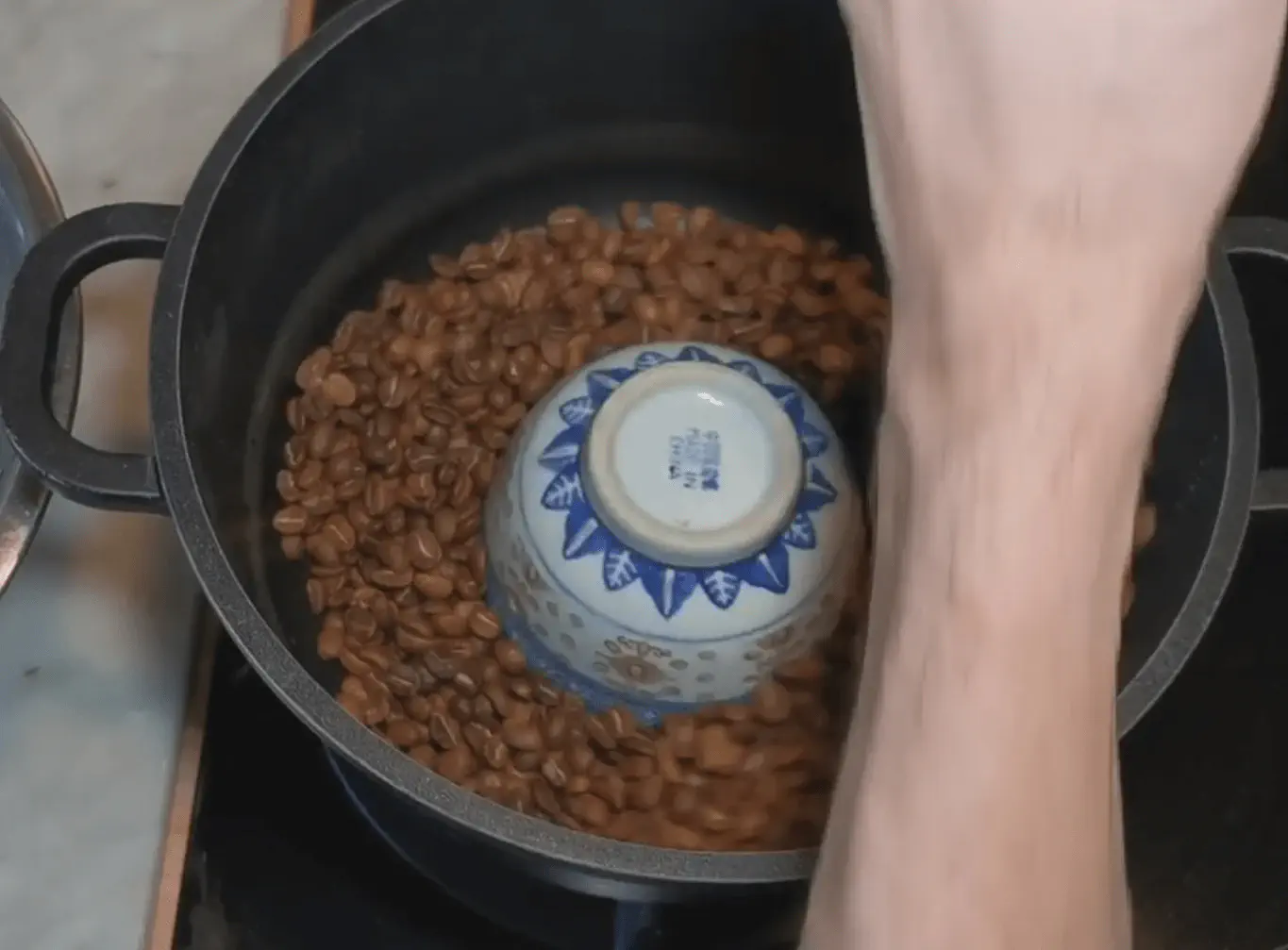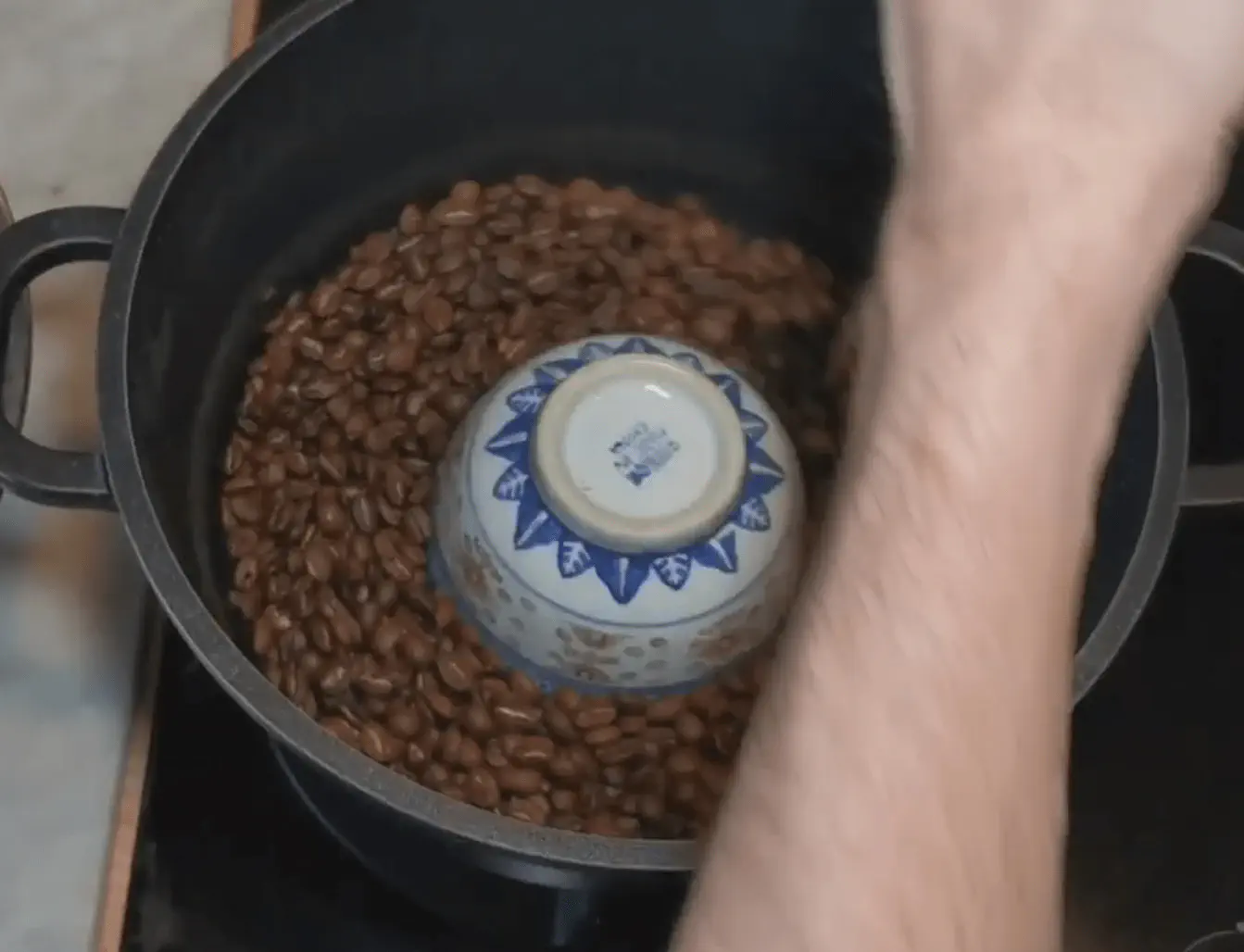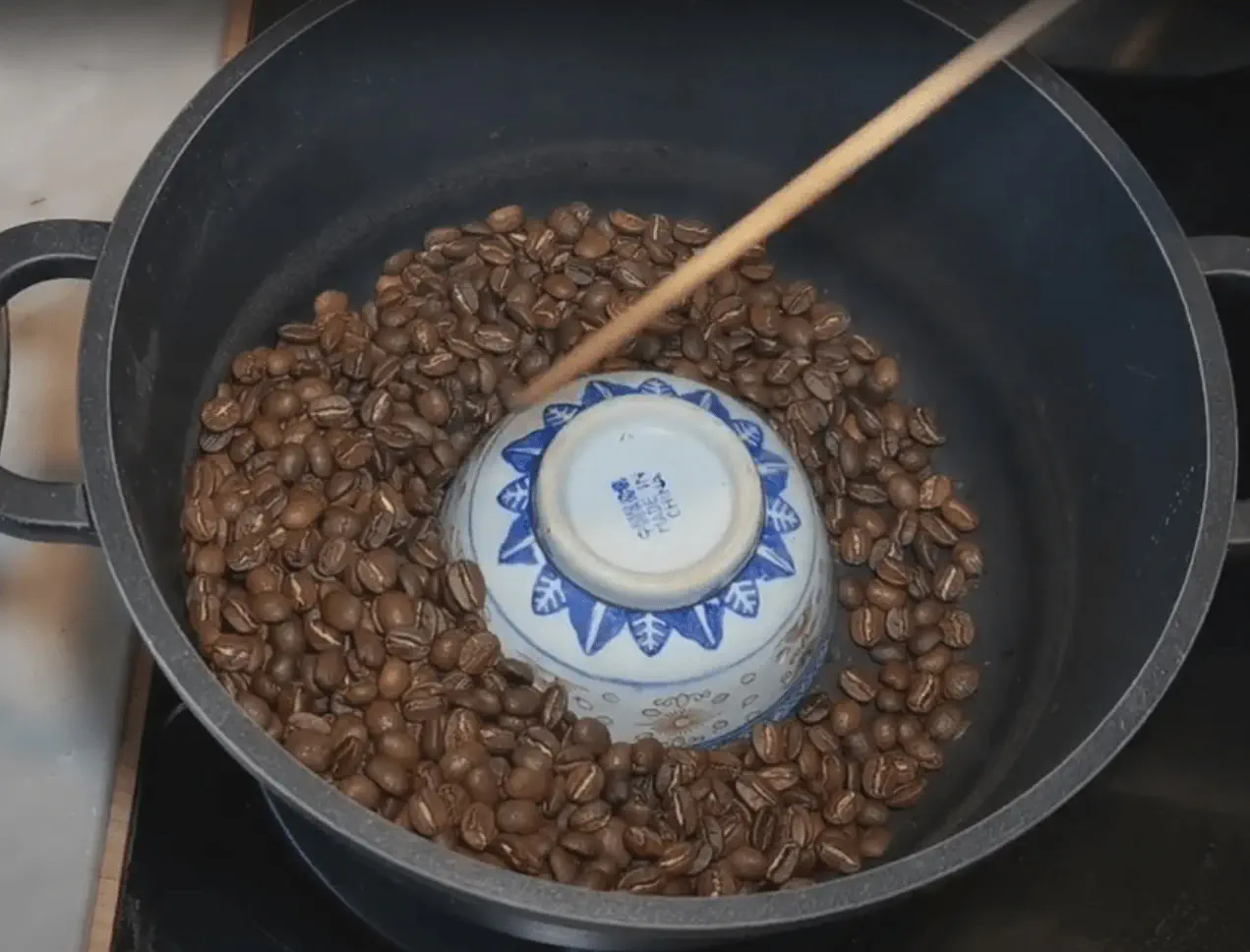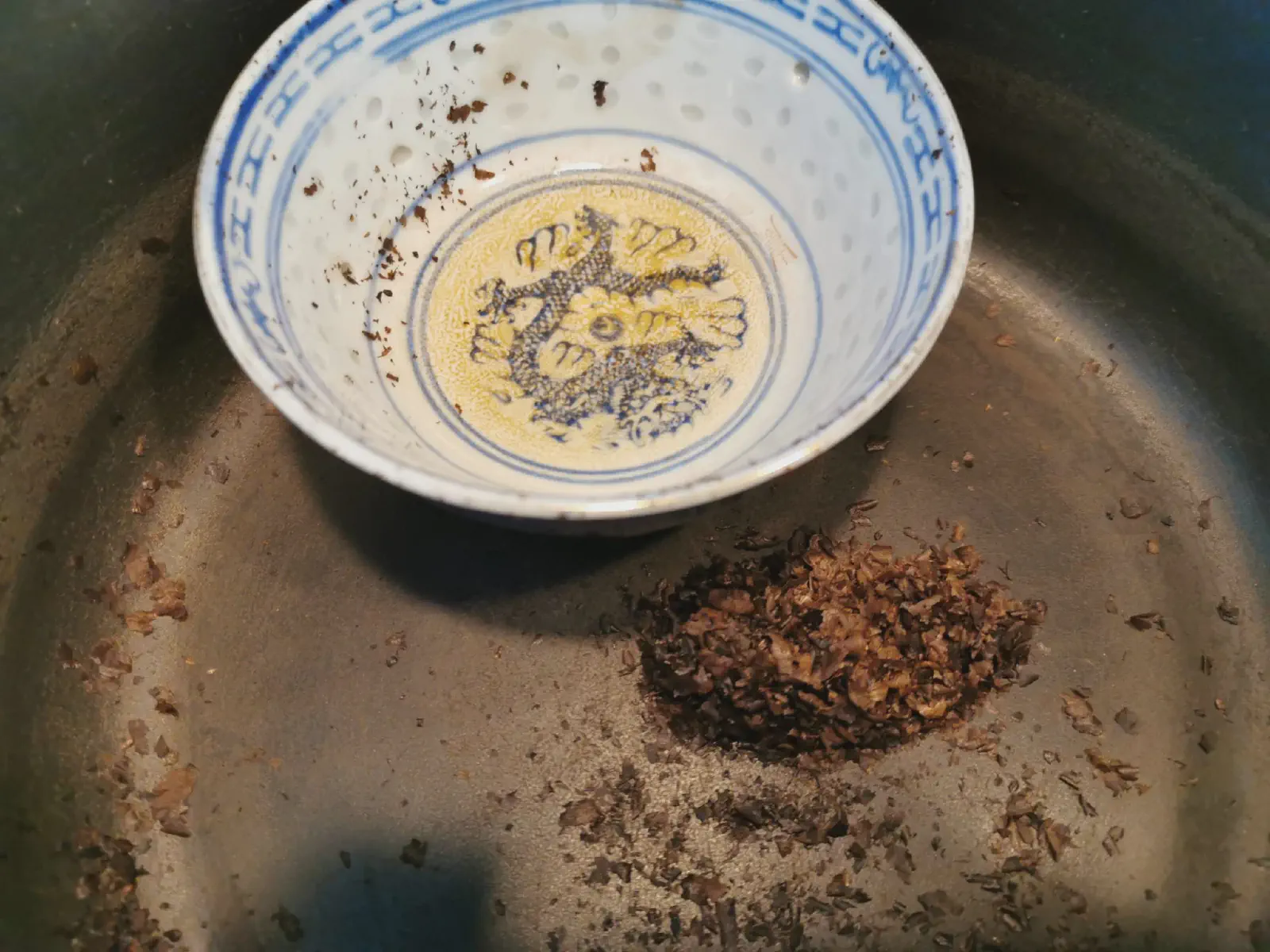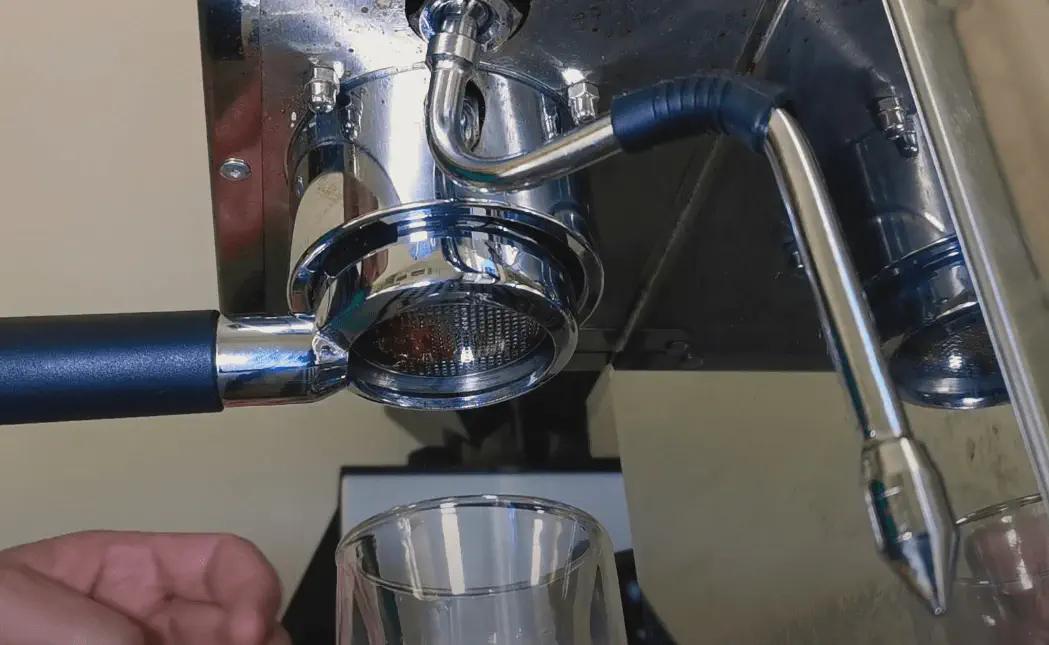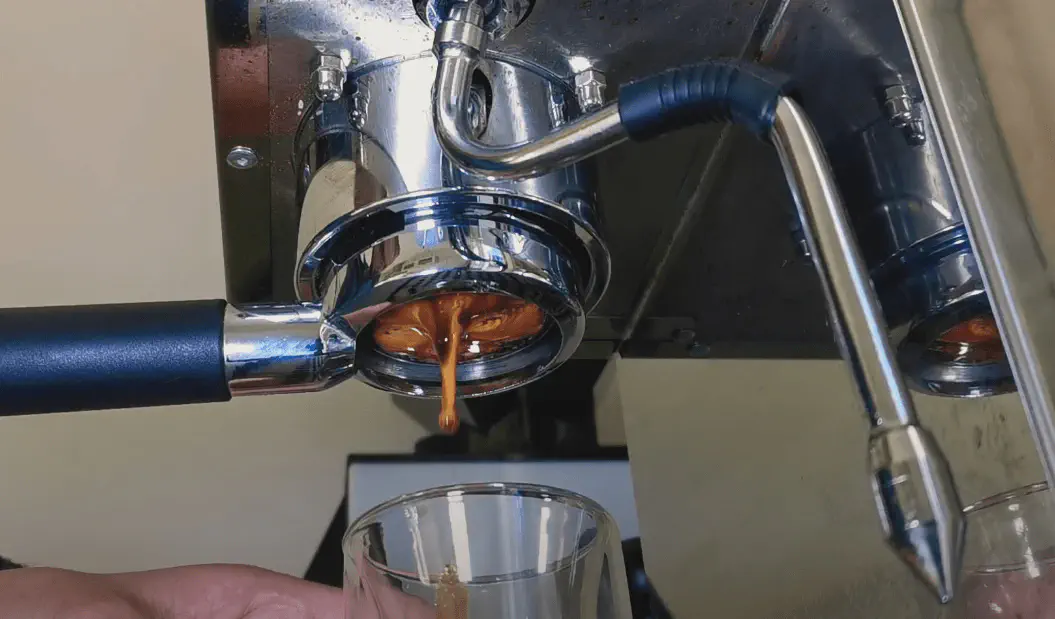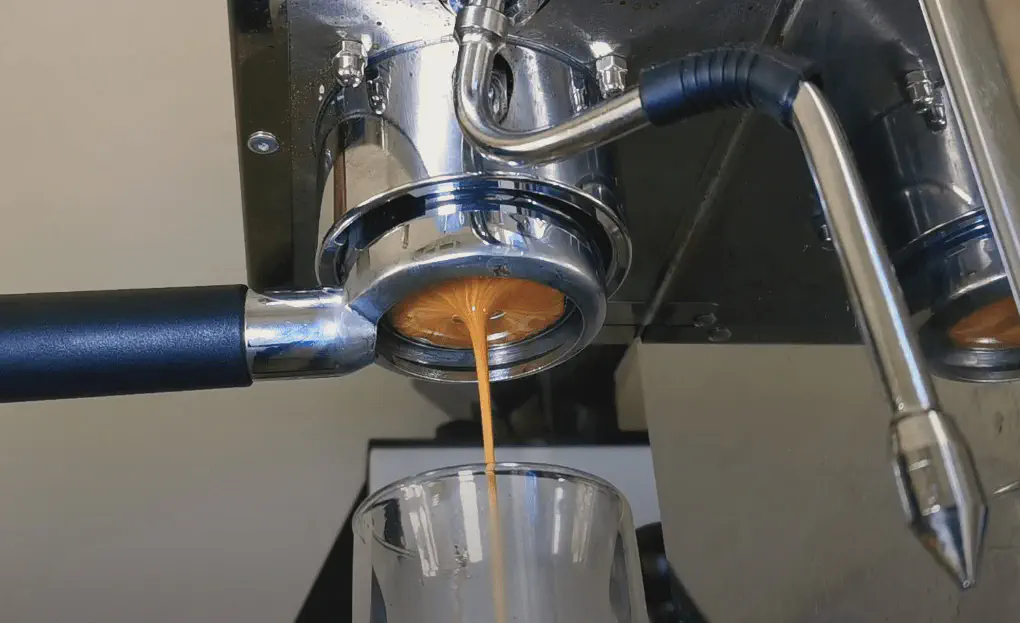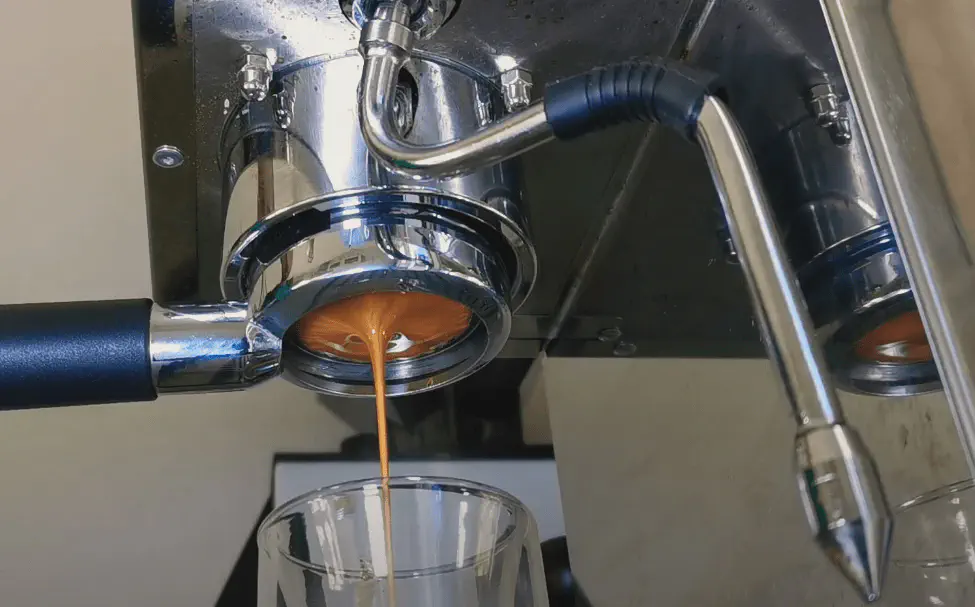How to roast your own coffee?

Discover the art of roasting green coffee at home and savor a fresh and authentic taste, all without requiring complex equipment. Explore the best options for sourcing green coffee and familiarize yourself with various roasting techniques. Transform your passion for coffee into a true culinary experience, rich in flavors and discoveries!
When you’re a coffee enthusiast, there comes a time when you want to try roasting your own coffee. In addition to bringing a “I made it myself” aspect, it’s an excellent way to obtain freshly roasted coffee.
Without specific equipment, I’m going to explain how to roast your green coffee at home. But first, a bit of theory is in order.
Where to source green coffee?
The simplest way is to ask your local roaster to sell you a few hundred grams of green coffee. Explain that you want to roast it yourself, most are happy to oblige.
The other option is to buy it online, for example:
Organic green coffee beans
affiliate link
Ethiopia Sidamo green coffee beans
affiliate link
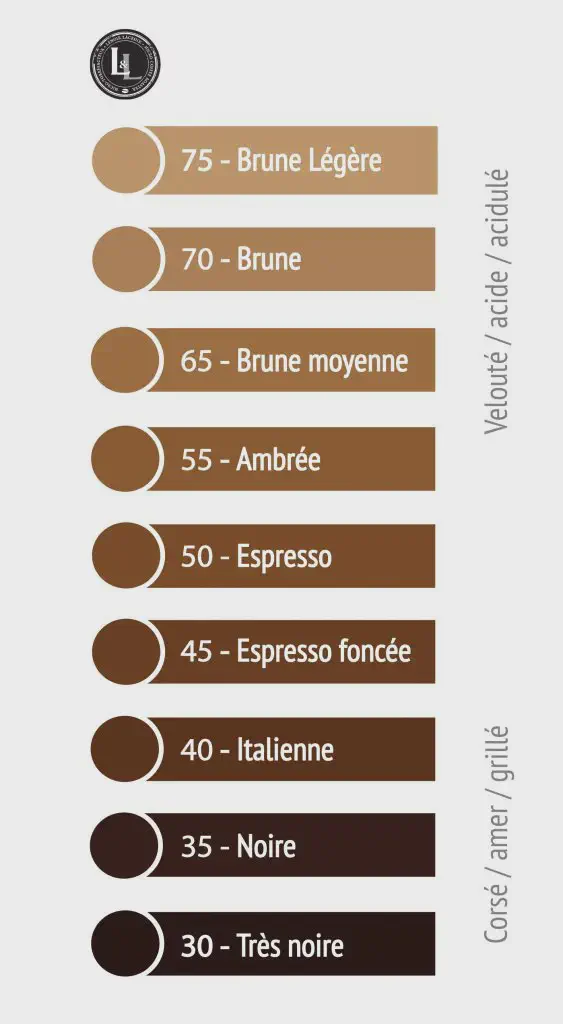
Roasting
If you’d like to delve deeper into the subject, I invite you to read my article on the difference between artisanal and industrial roasting.
In our case, we are approaching artisanal roasting, even though few parameters are measured. Strictly speaking, roasting involves controlling:
- the roasting time
- the temperature (and its variations)
- the humidity
- the weight of the coffee before and after (water loss)
Since we don’t control all these parameters, we will mainly focus on:
- mixing the beans for even roasting,
- identifying the first crack and subsequent ones.
Necessary Equipment
To roast coffee at home, equip yourself with:
- a saucepan
- a bowl (to place in the saucepan)
- a timer
- a spatula or whisk
- two strainers or containers
- a cooktop
- good ventilation
Essential points to observe:
- Weigh the green coffee before roasting
- Place an upturned bowl in the center of the pot to prevent clumping
- Roast over low heat, ideally on minimum
- Stir continuously to ensure even roasting
- Note the time of the first crack
- Continue a little after the cracks to develop the aromas (according to your tests)
- Cool the beans quickly after roasting by transferring them between two containers
The result
Before tasting, let the coffee degas for 7 to 10 days. You can taste it earlier, but the aromas will develop gradually.
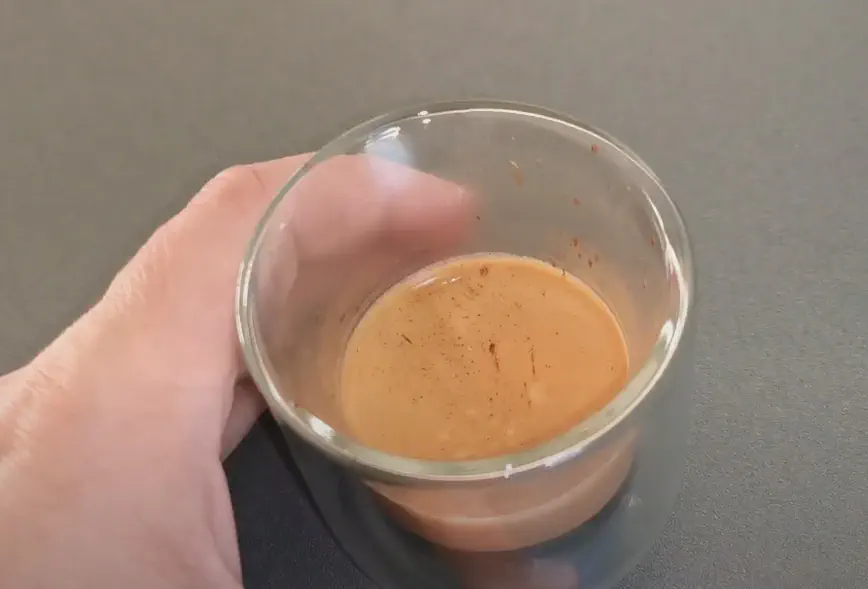
The total extraction of this coffee took 28 seconds (16 g of coffee used).
